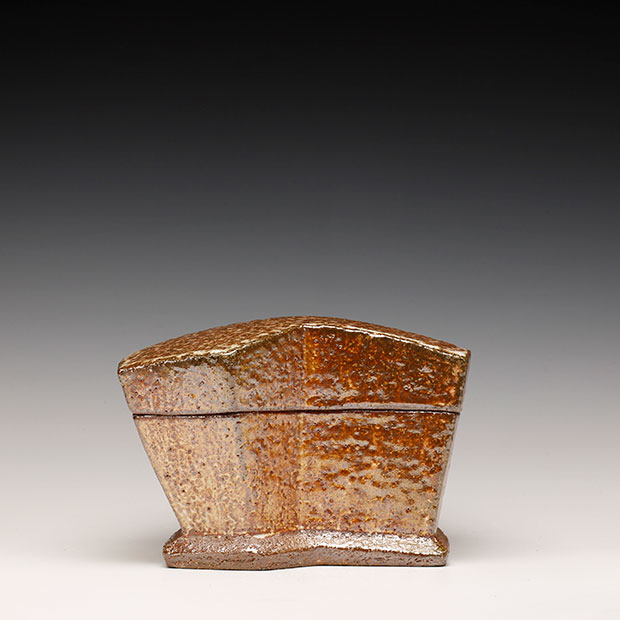BIOGRAPHY
Bruce Cochrane is an internationally acclaimed ceramic artist and recently retired Professor Emeritus of Ceramics at Sheridan College. During his 30 plus years of teaching at Sheridan he was instrumental in developing the Ceramic Program’s reputation as one of the best in Canada. He is himself one of Canada’s preeminent ceramic artists with work featured in public and private collections around the world.
Bruce’s studies began at the Nova Scotia College of Art and Design and continued in Alfred, New York at the New York State College of Ceramics where he received his Master of Fine Art. Since his graduation in 1978 Bruce has participated in over 300 exhibitions, and shares his knowledge through lectures and workshops throughout North America.
His work can be found in the permanent collections of the Royal Ontario Museum in Toronto, Gardiner Museum of Ceramic Art in Toronto, Victoria and Albert Museum in London, England and the Canadian Museum of Civilization in Ottawa to name a few.
Bruce resides in Toronto and maintains his studio practice in Gray Highlands, Ontario.
STATEMENT
After 35 years of working in clay, utility continues to serve as the foundation for my ideas. The pots I make, no matter how simple or complex, are meant to be experienced on a physical and contemplative level. The way an object carries, lifts, cradles, pours and contains are properties which I strive to make engaging for the user, offering more than just convenience. Pottery has the potential to affect peoples’ lives in a very real way. The challenge is to go beyond the mundane and purely technical solutions which only compete with a vast industrial market. The pottery I find most compelling in terms of its vitality and its reflection of the maker are those who reach back into the traditions of vessel making not simply in reproduction but rather how these historical models are reinterpreted and revitalized to have more relevance to contemporary society of the maker are those who reach back into the traditions of vessel.
My current work is made with stoneware clay and gas fired in a reduction kiln or a soda or wood fired atmosphere. The pots are constructed from thrown sections which allows for greater articulation of form and facilitates the application of pattern and texture through the use of carved roulettes. I take three approaches to the thrown and altered form. One involves the retention of the volume, gesture and surface tension inherent in the throwing process. Another deals with composition of symmetrical form through the assemblage of multiple sections and the third relies on multiple thrown sections which are radically altered and assembled.

